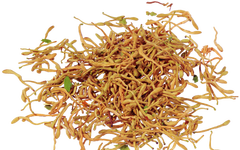 Click the blue
Click the blue Follow us
Follow us
Understanding Two Medicinal Herbs Each Week: Honeysuckle
Honeysuckle (Jin Yin Hua), a traditional Chinese medicine, refers to the dried flower buds or early flowers of the plant Lonicera japonica, which belongs to the Caprifoliaceae family. This plant is widely distributed in East China, Central South, Southwest, as well as in Hebei, Shanxi, Liaoning, Shaanxi, Gansu, and other regions; in South China, it is mainly found in Guangdong, Guangxi, and Hainan; while other varieties are found in Zhejiang, Anhui, Fujian, Jiangxi, Hubei, Hunan, Sichuan, Guizhou, Yunnan, and Taiwan. Honeysuckle is known for its ability to clear heat and detoxify. It is primarily used to treat exterior wind-heat or febrile diseases, heatstroke, heat-toxicity dysentery, carbuncles, sore throats, and various infectious diseases. (Baidu Encyclopedia)
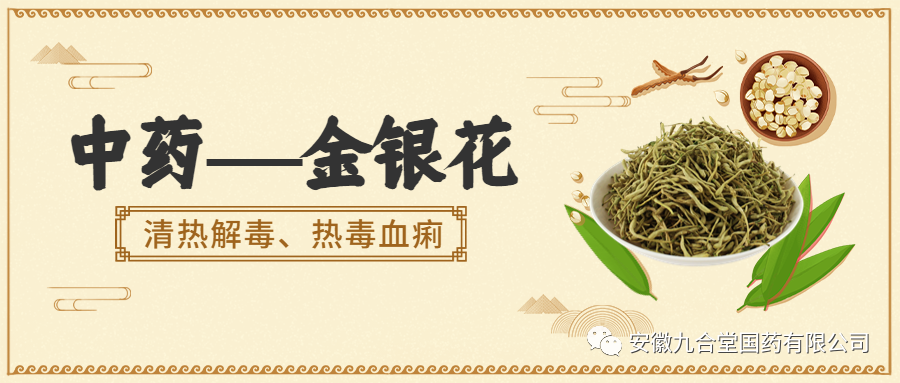
Honeysuckle has significant medicinal value and health benefits, but its quality varies, which affects its medicinal effects. It is essential to learn how to distinguish the national grades of honeysuckle.
Grade One Honeysuckle Standard: Buds and Flowers, Yellow Stems ≤ 5%
Grade One honeysuckle is dried, with buds appearing in a bouquet shape, thicker at the top and thinner at the bottom, slightly curved, with a greenish-white surface, thick and slightly hard corolla, fragrant aroma, and a fresh taste. Open flowers, broken buds, and yellow stems should not exceed 5%, and there should be no black stems, black heads, leaves, impurities, mold, or insect damage.
Grade Two Honeysuckle Standard: Open Flowers Not Exceeding 5%
The Grade Two honeysuckle standard is similar to Grade One, except that open flowers should not exceed 5%, and broken buds and yellow stems should not exceed 10%.
Grade Three Honeysuckle Standard: Open Flowers Not Exceeding 30%
Grade Three honeysuckle has buds in a bouquet shape, thicker at the top and thinner at the bottom, with a greenish-white or yellowish-white surface, slightly thicker and harder corolla, and a fragrant aroma with a slightly bitter taste. Open flowers and black heads should not exceed 30%, and there should be no leaves, impurities, mold, or insect damage.
Grade Four Honeysuckle Standard: Leaves Not Exceeding 3%
Grade Four honeysuckle is of lower quality than the previous three grades, allowing for a mix of buds and open flowers without color distinction, with total leaves not exceeding 3%, and no impurities, mold, or insect damage.
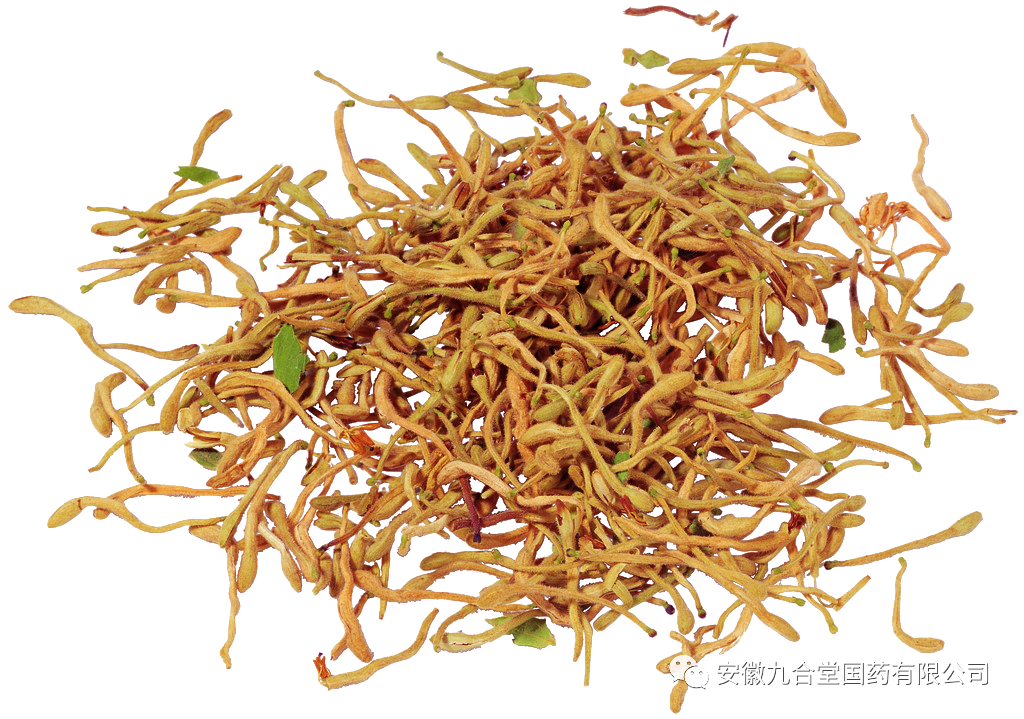
Learning to distinguish the above grades of honeysuckle will help you select high-quality honeysuckle.
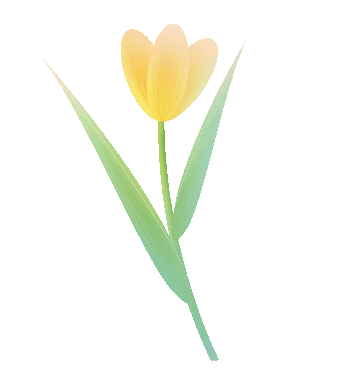
Benefits of Drinking Honeysuckle Tea
 Honeysuckle,Red Dates = Qi and Blood Nourishment
Honeysuckle,Red Dates = Qi and Blood Nourishment
Among ten women, nine suffer from insufficient qi and blood, especially in summer when appetite decreases, leading to more pronounced deficiencies. Using honeysuckle to brew red dates not only replenishes qi and blood but also improves skin quality, making the complexion look better.
 Honeysuckle, Rock Candy = Refreshing and Revitalizing
Honeysuckle, Rock Candy = Refreshing and Revitalizing
In hot summer, people often feel lethargic and unfocused. Drinking honeysuckle with rock candy not only refreshes the mind and improves concentration but also clears internal heat, reducing the incidence of summer illnesses.
 Honeysuckle + Rose = Beauty and Skin Care
Honeysuckle + Rose = Beauty and Skin Care
In summer, the sun can cause spots on the skin. Drinking honeysuckle with rose can help improve this condition.
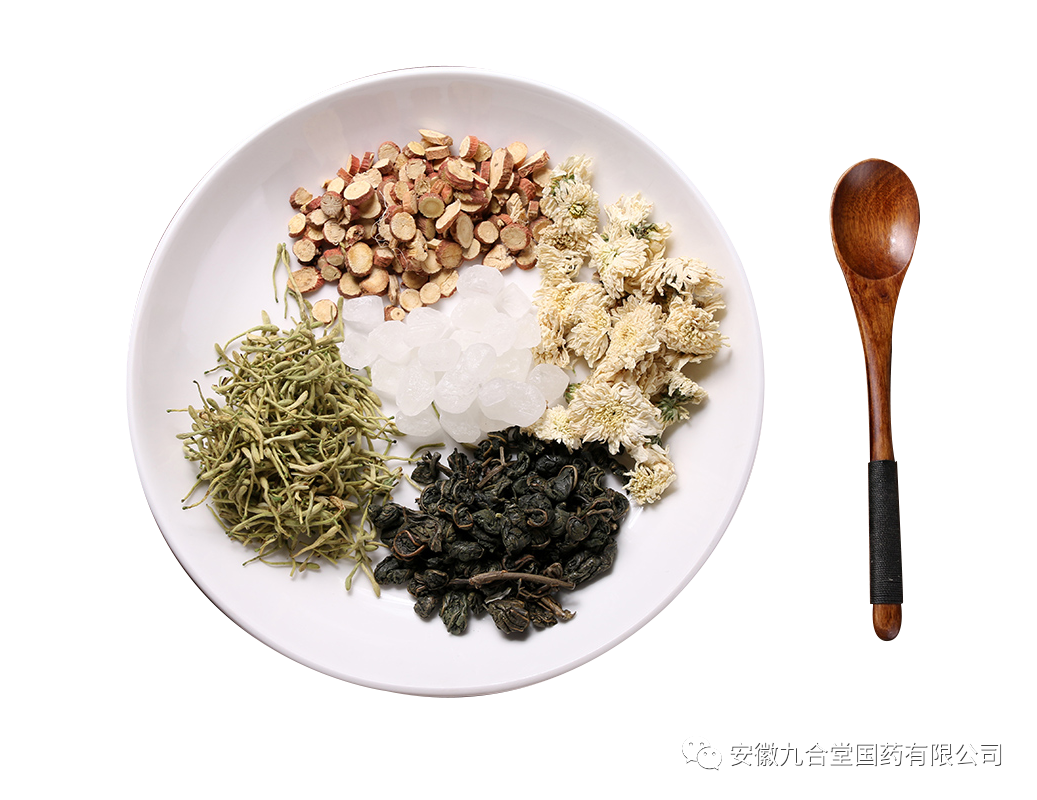
 Honeysuckle + Chrysanthemum = Eye Protection
Honeysuckle + Chrysanthemum = Eye Protection
Honeysuckle and chrysanthemum have effects of clearing the liver and brightening the eyes, and can also alleviate dark circles and eye bags.
 Honeysuckle + Hawthorn = Alleviating Menstrual Cramps
Honeysuckle + Hawthorn = Alleviating Menstrual Cramps
For those suffering from menstrual cramps, this simple method can help: brew honeysuckle with hawthorn. This method not only alleviates menstrual pain but also helps eliminate gynecological inflammation and is beneficial for those with yin deficiency.
 Honeysuckle + Goji Berries = Wrinkle Reduction and Anti-Aging
Honeysuckle + Goji Berries = Wrinkle Reduction and Anti-Aging
Brewing honeysuckle with goji berries can improve wrinkles and delay aging.
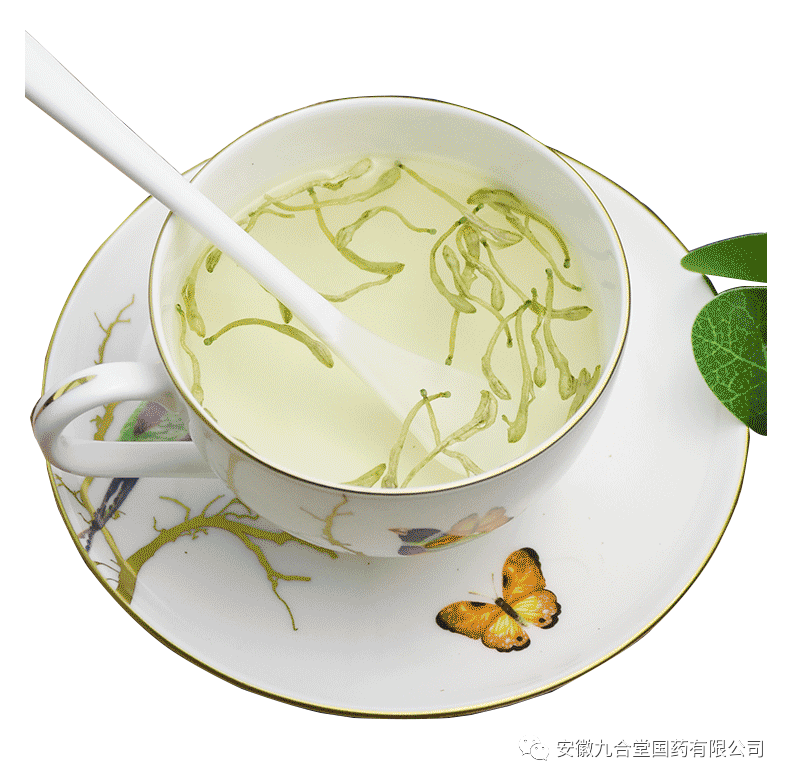
 Honeysuckle + Honey = Acne Elimination
Honeysuckle + Honey = Acne Elimination
In summer, oily skin can lead to acne. Drinking honeysuckle with honey has anti-inflammatory and antibacterial effects, helping to eliminate acne.
 Honeysuckle + Mint = Alleviating Dizziness
Honeysuckle + Mint = Alleviating Dizziness
In hot summer, headaches and dizziness are common. Brewing honeysuckle with mint can not only relieve headaches and dizziness but also soothe the liver and relieve depression, alleviating summer irritability.
 Honeysuckle + Tangerine Peel = Cough Relief
Honeysuckle + Tangerine Peel = Cough Relief
In summer, cough due to lung heat can be persistent. Brewing honeysuckle with tangerine peel can help eliminate respiratory inflammation and detoxify the respiratory tract.

Helpful Tips
Be sure to pay attention to the following matters
to avoid wasting effort
~
First: Avoid Overconsumption
Honeysuckle is cold in nature, and excessive consumption can easily lead to gastrointestinal discomfort. Some people may try to enhance the effects of honeysuckle by consuming large amounts at once, which is detrimental to health.
Second: Prohibit Use During Menstruation
Menstruation is a special time for all women, and during this phase, women should take good care of themselves, avoiding cold or damp foods or substances. Honeysuckle is cold in nature, so it is best not to consume it during menstruation to avoid adverse effects on health.
Third: Caution for Patients with Spleen and Stomach Deficiency
Honeysuckle is cold in nature, so if a patient already has a cold-deficient constitution and is prone to illness, consuming honeysuckle tea may not only fail to nourish and protect health but also increase the burden on the spleen and stomach, which is very detrimental to health.
Fourth: Seasonal Considerations for Consumption
Honeysuckle is not suitable for consumption year-round. Experts suggest that to achieve the best health benefits, honeysuckle should be consumed in summer. Due to the hot weather, the body is prone to heatstroke and dehydration, making honeysuckle effective in generating fluids, quenching thirst, and clearing heat and toxins.
Fifth: Do Not Consume Overnight Brewed Honeysuckle
Traditional Chinese medicine practitioners advise that brewing honeysuckle tea is similar to brewing regular tea; it can be steeped two to three times, and it is best not to consume it after overnight steeping to avoid health issues due to spoilage.
Sixth: Avoid Cold Drinks with Honeysuckle
It is particularly important to avoid drinking honeysuckle tea cold, as this can easily lead to diarrhea. For proper consumption, honeysuckle should be brewed with hot water and consumed while warm to maximize its medicinal effects and nutritional value.
Seventh: Do Not Drink Honeysuckle Tea Daily
Honeysuckle should only be consumed when experiencing symptoms of heat, such as heatstroke. Use about 10 grams per brew with hot water, and it is best not to drink it daily, as it can place a significant burden on the spleen and stomach.
Eighth: Hepatitis B Patients Should Avoid Long-term Use
Traditional Chinese medicine practitioners advise that hepatitis B patients should not consume honeysuckle tea long-term, as it can easily lead to gastrointestinal discomfort, such as diarrhea, bowel sounds, or poor appetite.
Ninth: Other Considerations
Honeysuckle is generally suitable for patients with internal heat conditions. However, those with spleen and stomach deficiency, who often experience diarrhea, abdominal pain, or coldness in the abdomen and extremities, should limit their intake, as it may not be beneficial for their health.
 Scan to Consult
Scan to Consult

